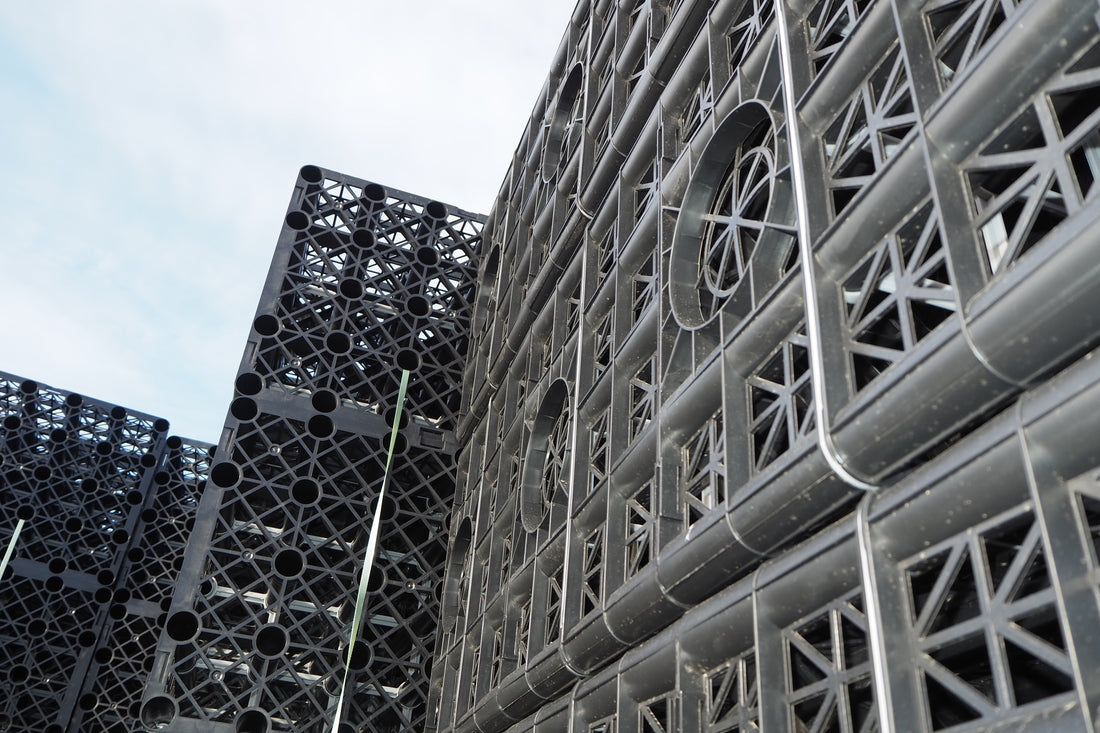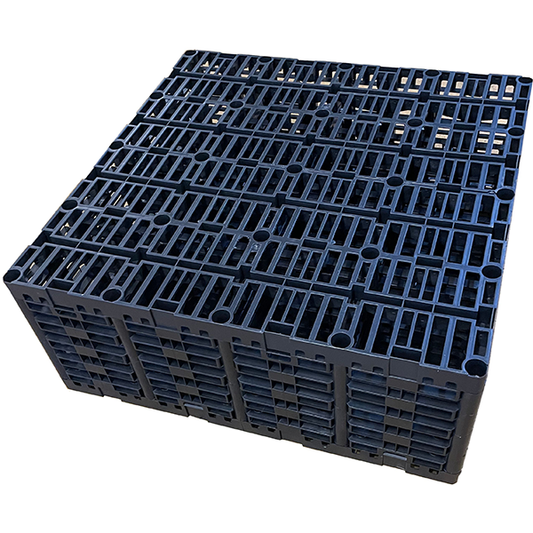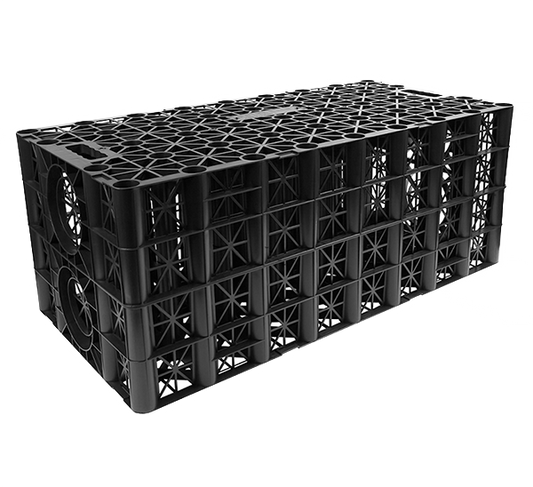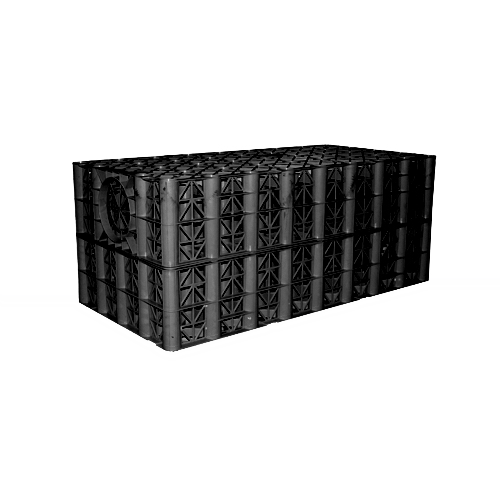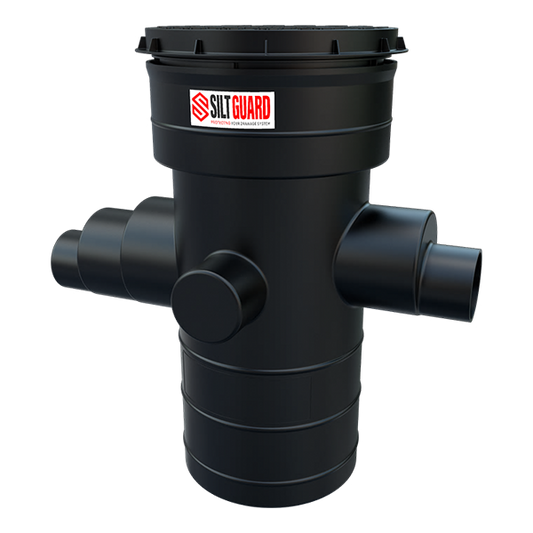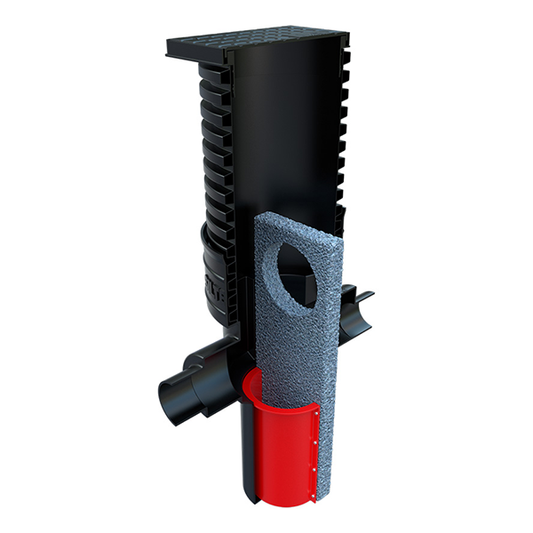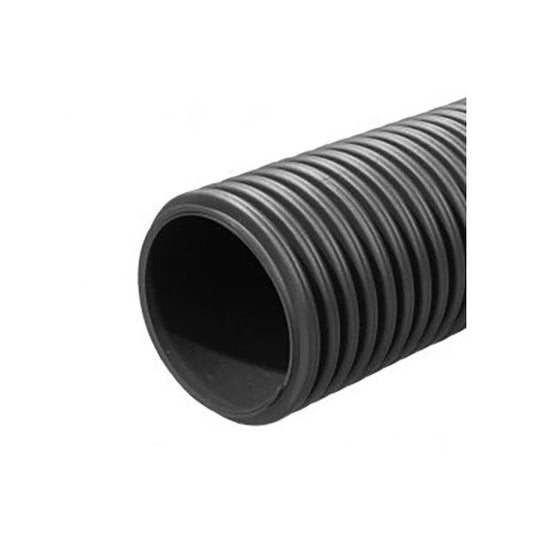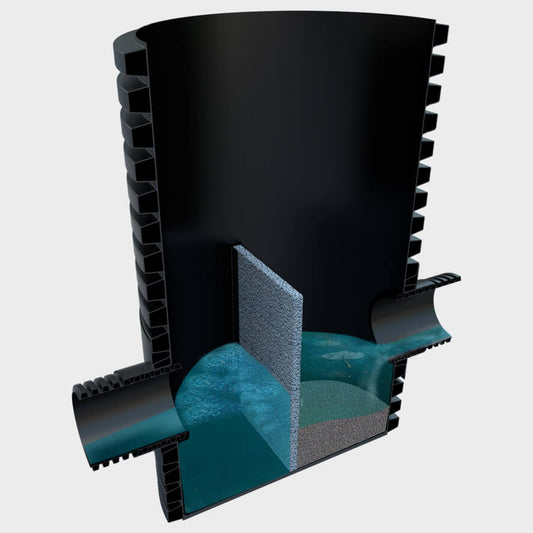Worried your soakaway might be blocked?
The whole idea of a soakaway (or plastic soakaway crates) is to collect the surface water from around your property and prevent flooding. However, if your system is blocked, it will make it more difficult to distribute the collected water back into the soil, leading to pooling and flooding.
In this blog, we’ll be looking at how you can determine whether your soakaway is blocked, why this might be the case and what you can do to avoid it in the future.
Contents
Identifying a blocked soakaway
There are a few tell-tale signs of a blocked soakaway, including:
- Water is pooling around your pipes and gullies.
- The ground near your soakaway is soaked and waterlogged.
- The drains and pipes connected to your soakaway system are overflowing.
It’s also worth looking out for dips in the ground. Often, compacted soils cause the ground to sag as the soil compresses and takes up less space. When this happens, no water can penetrate through the surrounding soil, causing it to build up in the soakaway crates and lead to flooding.
3 reasons for a blocked soakaway
A soakaway can become blocked for all sorts of reasons, but the most common include:
- Silt and sediment – if the non-woven geotextile is compromised in any way, or soil is entering the system via perforations, silt and sediment can easily build up and clog the pipework.
- Compacted soil – water is unable to penetrate hard and dry soil and can lead to waterlogging, especially after a long spell of dry weather or when excess pressure is put on the soil.
- Collapsed drain – if the pipe that feeds the soakaway collapses as a result of external pressure or inadequate installation, it’s likely to disconnect from the soakaway and cause the contents to leak out. Should this happen, you’ll need to replace the entire system.
How to avoid a blocked soakaway
Though it may seem obvious, the best way to prevent your soakaway from becoming blocked is to ensure it’s installed correctly in the first place.
Soakaway crates are easy to clip together – but it’s worth asking a professional to install your system, to ensure the job is done properly.
You also need to think carefully about the type of soakaway and how many crates you will require. A domestic soakaway crate won’t be able to cope with the amount of water in a commercial system and crates come in an array of sizes and brands.
Another top tip is to reduce the risk of sediment and soil entering your soakaway. Make sure you use a non-woven geotextile membrane and wrap it around the entire crate.
Does your soakaway need replacing?
Replacing a blocked or damaged soakaway can be expensive. This is because Building Regulations state that new soakaway systems must be installed away from the original and at least 5m from nearby buildings.
The good news is, if you need to replace your soakaways, modular soakaway crates offer a long-lasting solution when installed correctly and aren’t too difficult to join together. They’re also available to purchase for a competitive price here at Cotterill Civils!
So, why not browse our range of soakaway crates and identify the best for your needs? We’re confident you’ll find something suitable – but if you have any questions, you’re welcome to call us on 0121 351 3230 for expert advice.
Alternatively, fill out our enquiry form:




